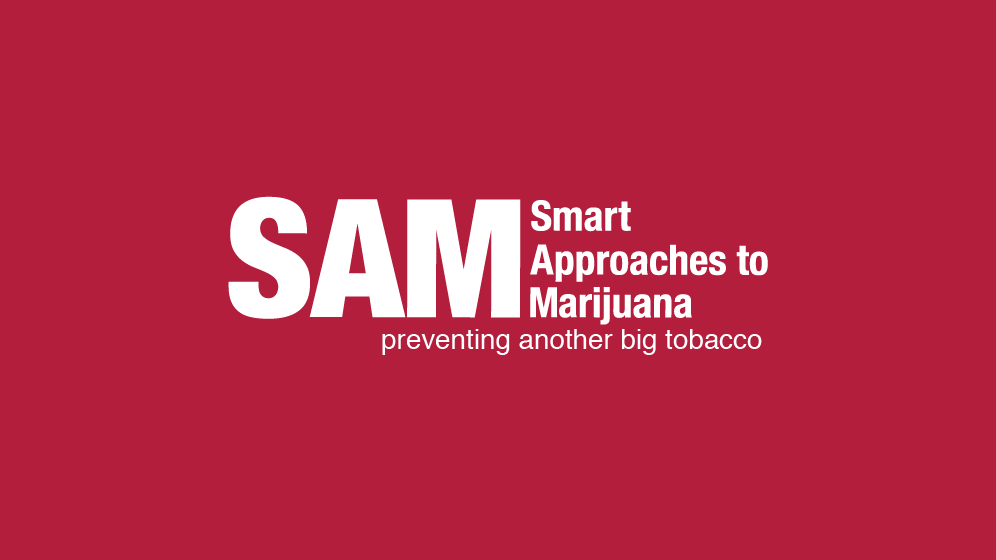
The Trump-Vance administration has the opportunity to take decisive action to curb the devastating effects of drug normalization and addiction. Americans, meanwhile, are waking up to the harms of the failed experiment of pot legalization—voters rejected 7 of the last 10 ballot measures to legalize the drug.
Prevention is key, and we cannot forget that today’s marijuana is highly potent. In 2025 and beyond, federal agencies must prioritize public health and safety and work to undo legalization’s harmful consequences.
The Department of Health and Human Services (HHS) is positioned to implement a wide range of policy initiatives to prevent marijuana use and hold the industry accountable. For example, marijuana legalization has re-elevated the conversation about secondhand smoke. California recently passed a law permitting “cannabis cafes” in which users can openly smoke marijuana. Secondhand marijuana smoke has been found to be more harmful than secondhand tobacco smoke and contains many of the same cancer-causing substances. Our country has legally and culturally rejected indoor cigarette smoking. HHS must stand on science and reject indoor marijuana smoking by publishing strict guidelines prohibiting it, just as it did with indoor cigarette smoking.
Transparency within the “medical” marijuana industry is also desperately needed. As it did with opioids, HHS should create a registry of medical marijuana recommendation practices and make the information available to the public. The database could include information regarding regional breakdowns, a list of overprescribing doctors, and pot-industry kickbacks received by doctors.
Sunlight is the best disinfectant when it comes to quack doctors. In August, a Spotlight PAarticle uncovered Pennsylvania medical pot doctors who were doling out thousands of medical marijuana cards per year. These are similar to the “pill mills” that fueled the opioid epidemic.
Last year, the Food and Drug Administration (FDA) bucked federal legal precedent around marijuana rescheduling by inventing new, lower standards. Its flawed marijuana rescheduling review was designed to permit marijuana rescheduling. The ramifications of changing this precedent aren’t limited to marijuana; other dangerous drugs (e.g., psychedelics) could be reclassified to a lower schedule based on the new lax standards. HHS should issue internal agency guidance that advises FDA to adhere to the established five-factor test for determining currently accepted medical use. This will ensure that drug scheduling, which has direct implications for the availability of drugs, remains science based.
The Trump-Vance administration must soundly reject moving marijuana from Schedule I to Schedule III for one simple reason: marijuana fails to meet the legal definition of a Schedule III drug. It has not been approved by the FDA for the treatment of any disease or condition. Moving marijuana to Schedule III is a handout to corporations, as it would allow companies to deduct advertising and other expenses from their taxes, fueling the growth of an industry that profits from addiction.
Far from being a legitimate medicine, marijuana is harming the millions of Americans who misuse it. Given that 3 in 10 users develop a marijuana use disorder, better known as addiction to marijuana, the incoming administration needs to focus on helping connect Americans to treatment.
Federal law enforcement also plays a crucial role in curbing marijuana legalization and its effects. In 2013, the Obama administration issued the Cole Memo, a document that cemented the federal government’s non-enforcement policy on marijuana. The first Trump administration rescinded the memo, but more must be done to enforce federal laws already on the books. The Justice Department has the power to prevent distribution to minors, curtail drugged driving, and investigate state-legal dispensaries being used as a cover for illegal drug trafficking—all things the Obama administration promised to do. By beginning with this targeted enforcement strategy, law enforcement can shut down the operations of the industry’s worst actors.
To promote public safety, the Trump-Vance administration should also crack down on illegal marijuana grows, particularly those in remote areas on federal lands. These operations are often controlled by cartels and poison the surrounding natural environment with toxic chemicals.
We also need a new national anti-drug media campaign, updated for the 21st century. This campaign must broadcast messages widely through traditional and social media and talk about the dangers and truth behind the use of drugs. The Office of National Drug Control Policy (ONDCP), the drug policy office within the White House, has a key role to play, too, particularly in drug use prevention. ONDCP helps oversee the Drug-Free Communities Support Program, which is responsible for much of our federally funded drug prevention work. In an era in which drugs are sold and marketed via social media, it’s more important than ever that effective anti-drug prevention messages reach young people. ONDCP also oversees the High Intensity Drug Trafficking Areas program, which forms a crucial partnership between local, state, and federal law enforcement to curtail drug trafficking. Both these programs’ funding should be protected and prioritized.
A good strategy must focus on all drugs, but we can’t ignore the politically inconvenient ones. If President Trump wants to make America healthy again, the conversation must include marijuana, a drug with an addiction rate of up to 30 percent that is being pushed by a profit-driven industry that desperately needs federal accountability.